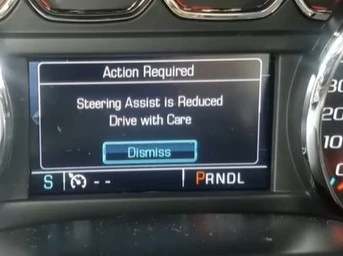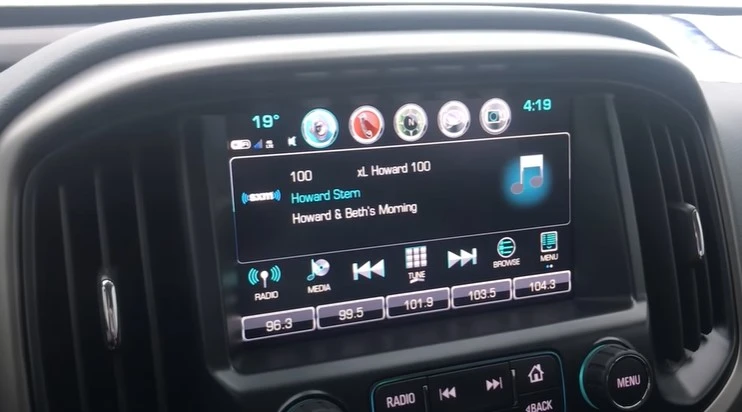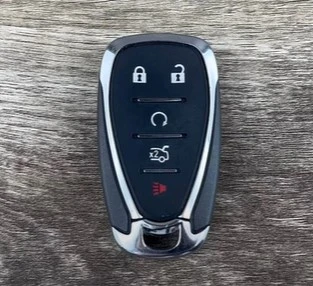Firing Order for a Chevy 350: Everything You Need to Know
When it comes to the Chevrolet 350 engine, understanding the firing order is crucial for maintaining performance and efficiency.
Whether you’re tuning, troubleshooting, or performing a complete rebuild, getting the firing order right can save you from potential headaches down the road.
In this guide, we’ll cover everything you need to know about the firing order for a Chevy 350.

What Is a Firing Order?
The firing order is the specific sequence in which the engine’s spark plugs fire. This sequence is designed to ensure smooth and balanced operation of the engine.
For a Chevy 350, the firing order determines how the engine delivers power, impacts fuel efficiency, and prevents unnecessary wear on components.
Why Is the Firing Order Important?
Here’s why the firing order is essential:
- Engine Performance: An incorrect firing order can cause misfires, leading to reduced power.
- Fuel Economy: A properly tuned firing order ensures efficient fuel combustion.
- Longevity: Maintaining the correct sequence prevents unnecessary strain on the engine.
The Firing Order for a Chevy 350
The standard firing order for a Chevy 350 engine is:
1-8-4-3-6-5-7-2
This sequence is consistent across most small-block Chevy 350 engines, but it’s always wise to consult your engine manual for specific models.
Cylinders and Their Layout
The Chevy 350 engine features an eight-cylinder, V8 configuration. Here’s how the cylinders are numbered:
- Driver’s Side: 1, 3, 5, 7 (front to back)
- Passenger’s Side: 2, 4, 6, 8 (front to back)
How to Verify the Firing Order
To verify the firing order for a Chevy 350, follow these steps:
Step 1: Locate the Distributor Cap
The Chevy 350 uses a clockwise rotation for the distributor. This is where you’ll connect the spark plug wires in the correct order.
Step 2: Follow the Sequence
Starting with cylinder 1, connect the spark plug wires to the distributor in the firing order 1-8-4-3-6-5-7-2.
Step 3: Double-Check Connections
Ensure each wire is securely attached to the correct cylinder and distributor post.
Common Problems with Incorrect Firing Order
If the firing order is incorrect, you may experience:
- Engine Misfires: Cylinders firing out of sequence disrupt combustion.
- Backfiring: Incorrect firing can cause unburnt fuel to ignite in the exhaust.
- Rough Idling: A misaligned firing order creates imbalance in the engine.
Chevy 350 Firing Order for HEI Distributors
The Chevy 350 is often equipped with a High Energy Ignition (HEI) system. The firing order remains the same, but proper wire placement is critical. Ensure the distributor rotor aligns with cylinder 1 when setting up the HEI system.
Tips for Setting the Firing Order
- Mark Your Distributor Cap: Use a marker to label each post on the distributor for easy reference.
- Use a Repair Manual: A factory service manual provides diagrams and additional instructions.
- Check Timing: After setting the firing order, verify the timing using a timing light.
People also ask
What is the firing order of a 350 carbureted Chevy?
The firing order for a carbureted Chevy 350 engine is:
1-8-4-3-6-5-7-2
The cylinders are numbered as follows:
Driver’s Side: 1, 3, 5, 7 (front to back)
Passenger’s Side: 2, 4, 6, 8 (front to back)
What is the firing order on a 5.7 350 Vortec?
The firing order for a 5.7L 350 Vortec engine is:
1-8-4-3-6-5-7-2
The cylinder numbering is:
Driver’s Side: 1, 3, 5, 7 (front to back)
Passenger’s Side: 2, 4, 6, 8 (front to back)
The distributor rotates clockwise, and this sequence ensures proper engine operation.
What is 1 8 4 3 6 5 7 2 firing order?
The 1-8-4-3-6-5-7-2 firing order is the sequence in which the spark plugs fire in a V8 engine, such as the Chevy 350.
Driver’s Side Cylinders: 1, 3, 5, 7 (front to back)
Passenger’s Side Cylinders: 2, 4, 6, 8 (front to back)
The distributor rotates clockwise to maintain this firing order for smooth engine performance.
What is the most power you can get out of a 350 small block?
The most power you can get out of a Chevy 350 small block depends on modifications.
With high-performance upgrades like forged internals, a performance camshaft, aluminum heads, a high-flow intake manifold, and forced induction (supercharger or turbo),
you can achieve 600-700+ horsepower. For naturally aspirated builds, a well-tuned engine can deliver 400-500 horsepower.
Final Thoughts
Understanding and properly setting the firing order for a Chevy 350 is essential for smooth operation, reliability, and performance.
By following the sequence 1-8-4-3-6-5-7-2, you can ensure your engine runs as efficiently as possible.
Whether you’re a seasoned mechanic or a DIY enthusiast, getting the firing order right is a fundamental step in Chevy 350 maintenance.






